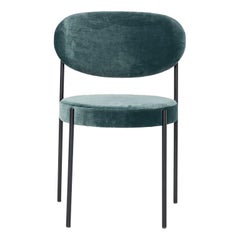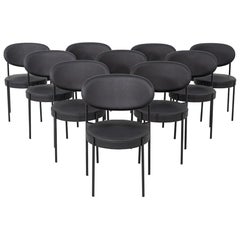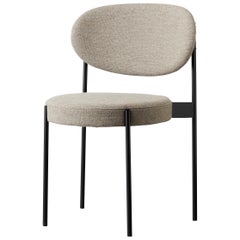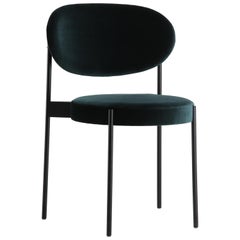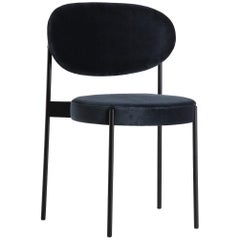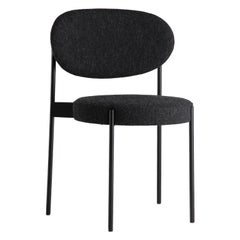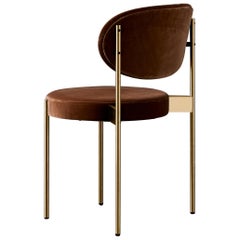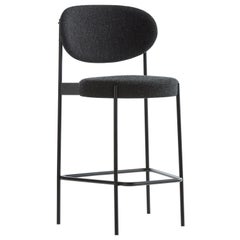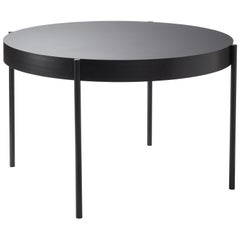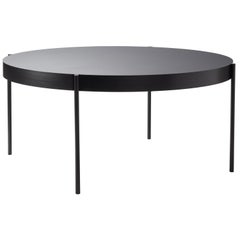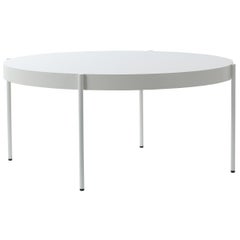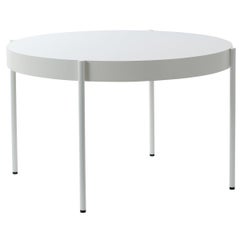Verpan 430
2010s Danish Modern Side Chairs
Metal
21st Century and Contemporary Danish Modern Side Chairs
Metal
21st Century and Contemporary Danish Modern Chairs
Metal
21st Century and Contemporary Danish Modern Chairs
Metal
21st Century and Contemporary Danish Modern Chairs
Metal
21st Century and Contemporary Danish Modern Chairs
Metal
21st Century and Contemporary Danish Modern Chairs
Metal
21st Century and Contemporary Danish Modern Chairs
Metal
21st Century and Contemporary Danish Modern Dining Room Tables
Metal
21st Century and Contemporary Danish Modern Dining Room Tables
Metal
21st Century and Contemporary Danish Modern Dining Room Tables
Metal
21st Century and Contemporary Danish Modern Dining Room Tables
Metal
People Also Browsed
Vintage 1960s Italian Mid-Century Modern Dining Room Chairs
Faux Fur
Vintage 1960s Italian Mid-Century Modern Dining Room Chairs
Straw, Wood
Vintage 1960s American Mid-Century Modern Dining Room Chairs
Chrome, Steel
Vintage 1970s Italian Wall Lights and Sconces
Steel
2010s Turkish Modern Coffee and Cocktail Tables
Metal, Steel, Stainless Steel
2010s Italian Modern Chandeliers and Pendants
Alabaster, Brass
2010s German Mid-Century Modern Chandeliers and Pendants
Brass
2010s Ukrainian Minimalist Chairs
Fabric, Wool, Bouclé, Cotton, Linen, Velvet, Faux Fur, Wood, Ash
21st Century and Contemporary Swedish Mid-Century Modern Table Lamps
Textile
Late 20th Century American Mid-Century Modern Dining Room Chairs
Chrome
21st Century and Contemporary Italian Mid-Century Modern Dining Room Tables
Travertine
21st Century and Contemporary French Side Tables
Concrete, Steel
2010s Dutch Modern Side Tables
Marble
2010s Moroccan Table Lamps
Stone
Mid-20th Century Italian Mid-Century Modern Dining Room Chairs
Upholstery, Beech, Walnut
Vintage 1960s French Mid-Century Modern Chandeliers and Pendants
Glass, Fiberglass
Verpan 430 For Sale on 1stDibs
How Much is a Verpan 430?
Verner Panton for sale on 1stDibs
Verner Panton introduced the word “groovy” — or at least its Danish equivalent — into the Scandinavian modern design lexicon. He developed fantastical, futuristic forms and embraced bright colors and new materials such as plastic, fabric-covered polyurethane foam and steel-wire framing for the creation of his chairs, sofas, floor lamps and other furnishings. And Panton’s ebullient Pop art sensibility made him an international design star of the 1960s and ’70s. This radical departure from classic Danish modernism, however, actually stemmed from his training under the greats of that design style.
Born on the largely rural Danish island of Funen, Panton studied architecture and engineering at Copenhagen’s Royal Danish Academy of Fine Arts, where the lighting designer Poul Henningsen was one of his teachers. After graduating, in 1951, Panton worked in the architectural office of Arne Jacobsen, and he became a close friend of Hans Wegner's.
Henningsen taught a scientific approach to design; Jacobsen was forever researching new materials; and Wegner, the leader in modern furniture design using traditional woodworking and joinery, encouraged experimental form.
Panton opened his own design office in 1955, issuing tubular steel chairs with woven seating. His iconoclastic aesthetic was announced with his 1958 Cone chair, modified a year later as the Heart Cone chair. Made of upholstered sheet metal and with a conical base in place of legs, the design shocked visitors to a furniture trade show in Copenhagen.
Panton went on to successive bravura technical feats. His curving, stackable Panton chair, his most popular design, was the first chair to be made from a single piece of molded plastic.
Panton had been experimenting with ideas for chairs made of a single material since the late 1950s. He debuted his plastic seat for the public in the design magazine Mobilia in 1967 and then at the 1968 Cologne Furniture Fair. The designer’s S-Chair models 275 and 276, manufactured during the mid-1960s by August Sommer and distributed by the bentwood specialists at Gebrüder Thonet, were the first legless chairs crafted from a single piece of plywood.
Panton would spend the latter half of the 1960s and early ’70s developing all-encompassing room environments composed of sinuous and fluid-formed modular seating made of foam and metal wire. He also created a series of remarkable lighting designs, most notably his Fun chandeliers — introduced in 1964 and composed of scores of shimmering capiz-shell disks — and the Space Age VP Globe pendant light of 1969.
Panton’s designs are made to stand out and put an eye-catching exclamation point on even the most modern decor.
Find vintage Verner Panton chairs, magazine racks, rugs, table lamps and other furniture on 1stDibs.
A Close Look at Modern Furniture
The late 19th and early 20th centuries saw sweeping social change and major scientific advances — both of which contributed to a new aesthetic: modernism. Rejecting the rigidity of Victorian artistic conventions, modernists sought a new means of expression. References to the natural world and ornate classical embellishments gave way to the sleek simplicity of the Machine Age. Architect Philip Johnson characterized the hallmarks of modernism as “machine-like simplicity, smoothness or surface [and] avoidance of ornament.”
Early practitioners of modernist design include the De Stijl (“The Style”) group, founded in the Netherlands in 1917, and the Bauhaus School, founded two years later in Germany.
Followers of both groups produced sleek, spare designs — many of which became icons of daily life in the 20th century. The modernists rejected both natural and historical references and relied primarily on industrial materials such as metal, glass, plywood, and, later, plastics. While Bauhaus principals Marcel Breuer and Ludwig Mies van der Rohe created furniture from mass-produced, chrome-plated steel, American visionaries like Charles and Ray Eames worked in materials as novel as molded plywood and fiberglass. Today, Breuer’s Wassily chair, Mies van der Rohe’s Barcelona chair — crafted with his romantic partner, designer Lilly Reich — and the Eames lounge chair are emblems of progressive design and vintage originals are prized cornerstones of collections.
It’s difficult to overstate the influence that modernism continues to wield over designers and architects — and equally difficult to overstate how revolutionary it was when it first appeared a century ago. But because modernist furniture designs are so simple, they can blend in seamlessly with just about any type of décor. Don’t overlook them.
